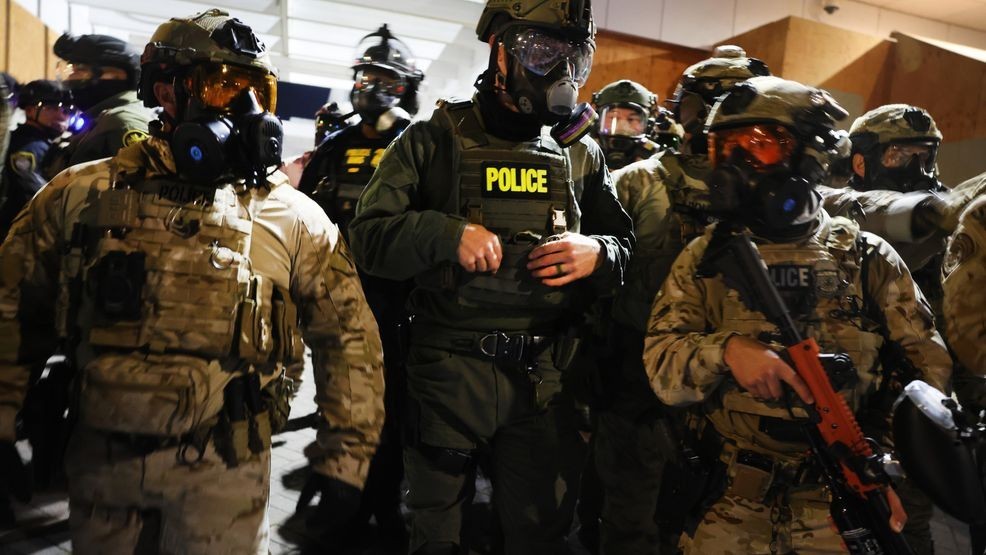WASHINGTON (TNND) — A Department of Homeland Security inspector general report found at least 47 cases under the Biden administration in which federal agents released into the United States asylum-seeking migrants suspected of using fraudulent identification documents.
The reported released in September reviewed 60 cases of migrants using fraudulent paperwork.
Half of the migrants were apprehended by Border Patrol agents and half encountered Customs and Border Patrol officers at official ports of entry. Border Patrol agents did not report use of fraudulent documents in 28 of the 30 cases.
There was no section on the official form to document encounters for agents to address the use of fraudulent paperwork.
However, CPB forms do have a section for this. In 22 out of the 30 review cases, CBP agents actually handed back the fraudulent documents back to the migrants instead of confiscating and sending them to the fraud unit for investigation.
“We found that officers and agents did not always send confiscated fraudulent documents to the [Fraud Document Analysis Unit], as required by CBP policy, and in some cases returned them to aliens who were likely released into the United States,” investigators said.
“Fraudulent documents returned to travelers may be used for illicit travel and other criminal activity such as insurance fraud, money laundering, and tax evasion,” the audit continued.
With Border Patrol and CBP agents failing to mark on the migrants’ immigration record or A1 asylum granting authorities were oblivious to the use of fraudulent documents and may have allowed people into the United States who “pose a threat to national security,” the inspector general found.
“Asylum may be granted to individuals suspected by CBP of committing fraud, and/or people whose credibility is undermined by failure to disclose prior use of a fraudulent document(s) during adjudication of their asylum application,” the inspector general said.
The report by the DHS inspector general was a review of a time in which border crossings and asylum seekers were at an all time high, overwhelming federal agents. But since then Trump issued an executive order ending catch-and-release practices. Border Patrol agents haven’t engaged in catch-and-release in months.
“With record-low encounters this year, they are identifying fraudulent documents and imposters, verifying identities using advanced tools like facial comparison and fingerprint technology, and updating alien files to strengthen prosecutions and removals,” DHS said in a statement.
While CPB has accepted the Inspector General’s recommendations to improve training and compliance in ensuring migrants using fake IDs don’t skirt the system; the agency said it will be a struggle to rectify past asylum cases. There are still 5,417,433 “active immigration cases” in the United States. It is uncertain how many of these cases could have been filed with false documentation.
